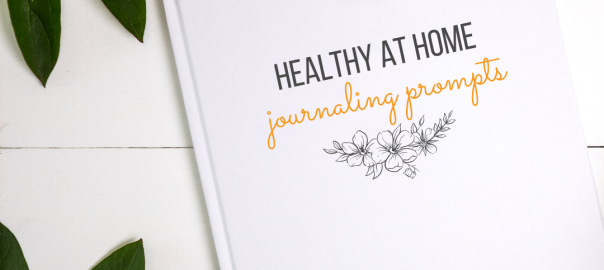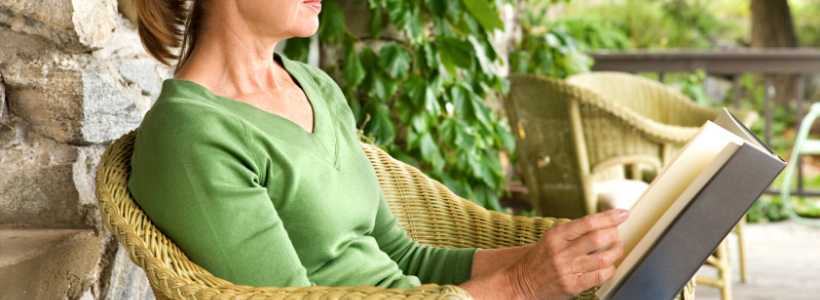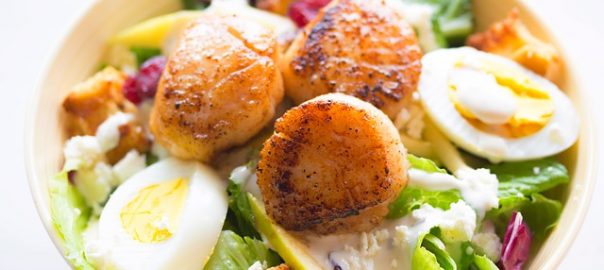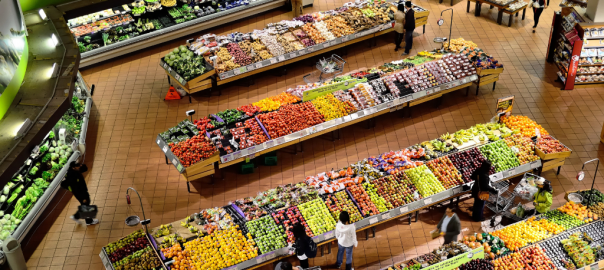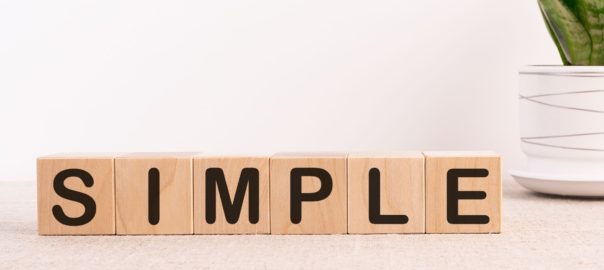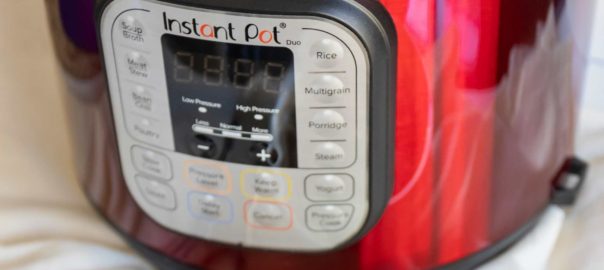Journaling for better health
If you're looking to improve your health and wellbeing there may be a strategy to help that you're overlooking. Journaling. It turns out that there are a lot of ways that using a journal can be good for you. It can be a supportive strategy for stress relief, help you work out problems, boost your memory, and has also been shown to be good for mental health.
Does journaling really help?
There are a lot of studies that have been done around the idea of journaling and its benefits. Here are just a few ways that it can be helpful for you:
- Health benefits – a study of undergraduate college students found that journaling increased wellbeing, decreased illness, and, over time, even helped to decrease the ill effects of dealing with trauma
- Improves cognitive function – writing, as opposed to typing, has been shown to improve your ability to acquire, process, and recall information. One article found that writing was useful when it came to learning both math and science.
- Better learning skills – according to research published in Psychological Science students who wrote longhand, as opposed to those who typed using laptops, were better able to learn material. Journaling can be a way of recording and deepening your understanding of yourself and/or what you're writing about.
- Remember significant events – life can be very full and there are lots of distractions. Journaling about moments, events, or people that are noteworthy or important to you can be a way to create an accurate accounting of what you want to remember accurately.
- Organizing your thoughts – sometimes there's so much going on that it can be difficult to keep all of your plans and goals clearly in mind. Writing it down can be a positive way to stay on track. Plus writing down your goals increases your chances of succeeding at them.
- Better healing – studies have found that journaling can have a positive impact on how well the body heals. According to the research this includes healing from IBS, asthma, rheumatoid arthritis, and wound healing.
- Improves mental health – studies have found a positive shift in mental state among those who journaled, this included those with cancer, Parkinson's, and other health conditions.
Give it a try
With all these benefits from journaling you're probably curious as to whether or not it could work for you. Why not give it a try? History is filled with people who journaled – Beatrix Potter, Marie Curie, Benjamin Franklin, Thomas Edison, Lewis Carroll, Leonardo Da Vinci, Mark Twain and so many others. They wouldn't have journaled if they didn't get at some benefit out of it.
Take advantage of the fact that this is a low-cost, easy to do activity that can be good for your health. Spend the next 30 days engaged in a journaling practice and see how you feel at the end. Chances are you'll notice some benefits and want to keep going.
I don't know what to write
If you're stuck for something to journal about I've got your covered. Here are 50 topics, pick one at random and spend a few minutes each day journaling about it.
1. What does it mean to you to be healthy?
2. What have been your biggest health struggles while being at home?
3. How has your mental health been?
4. What has been giving you anxiety?
5. What are your biggest fears during quarantine?
6. How has your physical health changed?
7. What weight trends have you noticed recently?
8. How has your diet changed since spending more time at home?
9. What is causing you the most worries?
10. How has your exercise routine changed?
11. Are there any home workouts you have tried?
12. Pick at least 3 new at-home workouts you can try in the next week.
13. Pick an exercise you can do with others you live with.
14. What do you think is the most important aspect of nutrition?
15. What are some healthier food items you can add while at home?
16. To improve your nutrition, try adding some structure to your day, then journal about your experience.
17. How have your cravings changed since you have been home?
18. Do you feel you are a boredom eater?
19. Have you noticed any emotional eating tendencies?
20. Go outside to walk and get fresh air, then journal how you feel afterwards.
21. What is a way you can embrace and take advantage of being at home?
22. What are the main sources of your stress lately?
23. What are some stress-relieving activities you have tried?
24. What hobbies have been keeping you busy?
25. How are you dealing with your kids’ health and wellness while being at home more often?
26. In what ways are your kids getting exercise?
27. How are you focusing on proper nutrition for your kids?
28. Try creating a new daily routine that encourages healthy habits.
29. What are 5 things you miss from before you were quarantined?
30. What are 5 things you look forward to when things get back to normal?
31. Name 5 people you can’t wait to spend more time with.
32. What are 5 things you can be grateful for right now?
33. Make a list of healthy snacks you can add to your diet.
34. How have you been socializing lately?
35. List some ways you can reach out to people more.
36. What is something you have always wanted to try?
37. If your productivity is suffering, what are some reasons you think that is?
38. Give yourself a break – what are some things you believe you have done right?
39. List self-care activities you have participated in it while being at home.
40. List some NEW self-care activities for your shelter-in-place time?
41. What is a creative activity you can try while being at home?
42. List the main things that have been on your mind lately.
43. When you think of how you spend your time when you are bored, what comes to mind first?
44. When the shelter in place orders are lifted, what is a way you can get out more?
45. How has quarantine changed your mindset?
46. What do you think you took for granted before quarantine?
47. Have you read any books while in isolation?
48. How do you think life will be different moving forward.
49. What are some changes you have made that have improved your health so far?
50. List 10 ways you can be physically and mentally healthier while at home.
Feel free to share this post, and list of ideas, with the people you love and enjoy journaling!
SourcesKing, L. A. (2001). The Health Benefits of Writing about Life Goals. Personality and Social Psychology Bulletin, 27(7), 798–807.
Mueller, P. A., & Oppenheimer, D. M. (2014). The Pen Is Mightier Than the Keyboard: Advantages of Longhand Over Laptop Note Taking. Psychological Science, 25(6), 1159–1168.
Murphy, M. Neuroscience Explains Why You Need To Write Down Your Goals If You Actually Want To Achieve Them. Forbes. April 15, 2018.
Willis, J. The Brain-Based Benefits of Writing for Math and Science Learning. Edutopia.org. July 11.2011. Accessed June 5, 2020.

